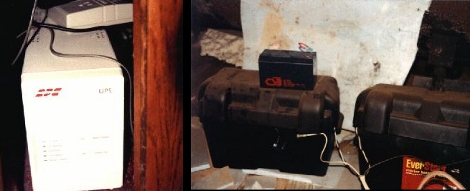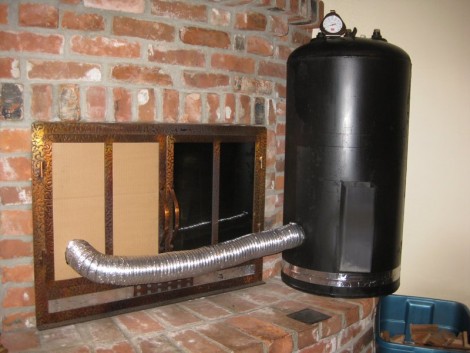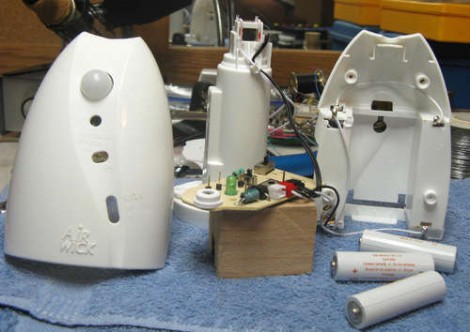
[Isaac] grabbed the motor from an old printer and used it to make a spider run up and down the wall for Halloween. A PIC 12F683 uses a MOSFET to drive the motor. The program loop has a little bit of dramatic flare to it, raising the arachnid with a bit of a jerky motion to give it some life, then wait for a time before quietly lowering the spider (hopefully onto an unsuspecting party-goer). The driver board is set up for two motors, making it easy to reuse in future projects. This is quite effective, and the only addition we might suggest is to add a couple of red LEDs as some glowing eyes.
Take a look at the finished product after the break.
















